Why did electric trains change the shape of the cabin (7 photos)
Of course, Soviet engineers and designers were aware that there is such a science as aerodynamics. Some of them even knew about the coefficient of aerodynamic drag. 
And therefore, it is no wonder that the famous Soviet electric train ER 2 (Electric train Riga 2nd type), which was produced at the Riga Carriage Works, had a so-called round cabin of the head car. She was also called "round-faced".
And such a rounded shape was chosen not based on anyone’s preferences about beauty, but simply because the rounded “muzzle” has a lower air drag coefficient than any “brick”. This does not require modern computers, which did not yet exist in 1962. 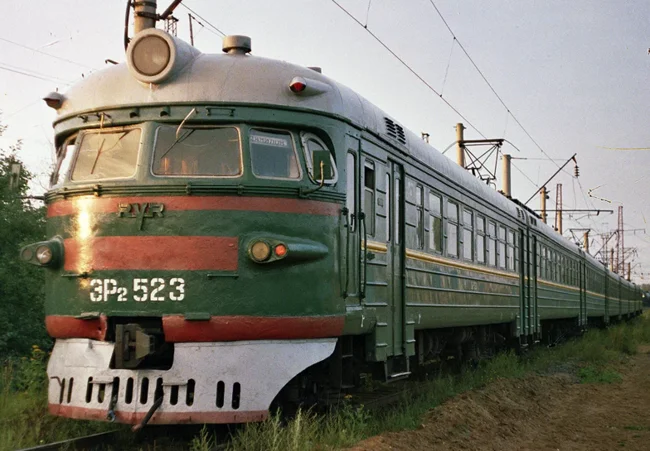
But in the Soviet Union there was the Central Aerohydrodynamic Institute (TsAGI), which had a wind tunnel, and which showed everything perfectly even without computers.
And thus, if you look at the overall drawing of the Soviet electric train ER 2, namely its top view, then yes, indeed, its cabin is really round. 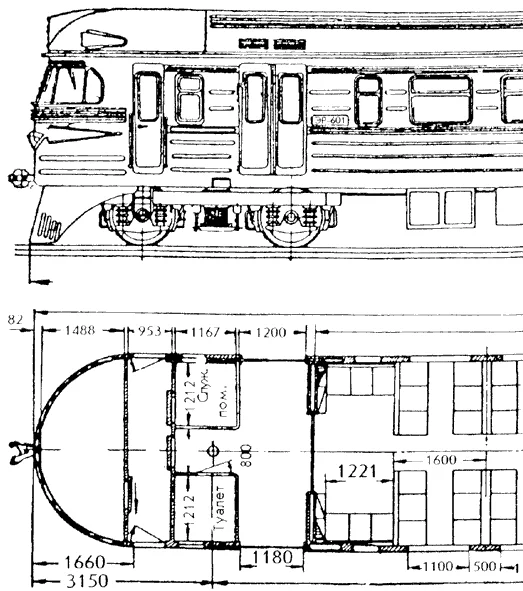
However, as the years passed, many at that time thought this rounded shape of the head part was outdated. And already in 1974, at the same Riga Carriage Works, the shape of the cabin of this electric train was changed to a more angular one. And of course, no TsAGI took part in this process of creation and approval.
This aerodynamically unverified shape was approved and put into production. And all because some Soviet party functionaries considered that the speed of commuter trains is low, and that aerodynamics do not play any role there at all.
And this table partly confirms that they are right: 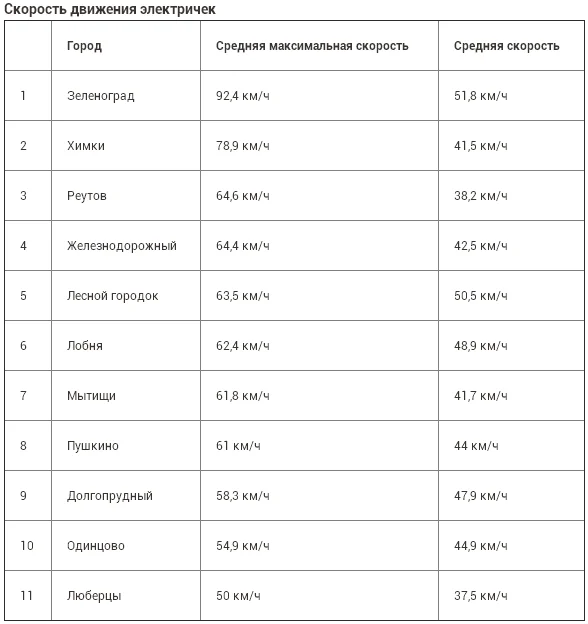
Indeed, the design speed of electric trains is 130 km/h. But their actual performance seems to be far from the speed at which air drag matters and affects power consumption and electricity consumption.
Just look at this flat and angular cabin of the updated electric train: 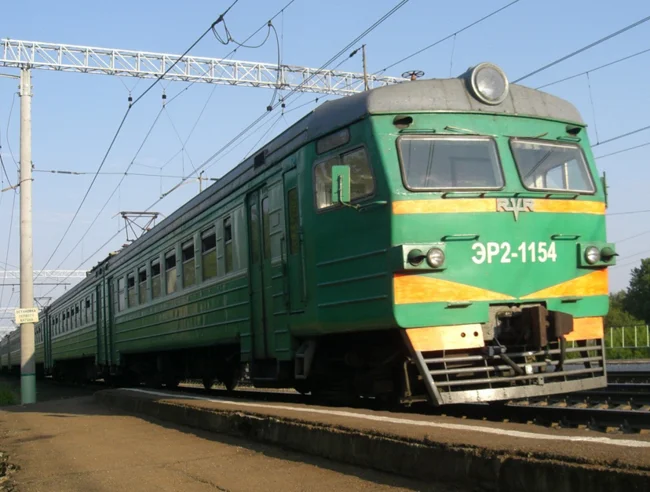
Passengers also complained about the aerodynamics of the “brick”. If earlier the air flow from an approaching train with a round cabin simply blew around those crowded on the platform, then the new angular-flat cabin literally pushed away the waiting passengers with its air flow.
And the overall drawing, namely the top view, confirms this: 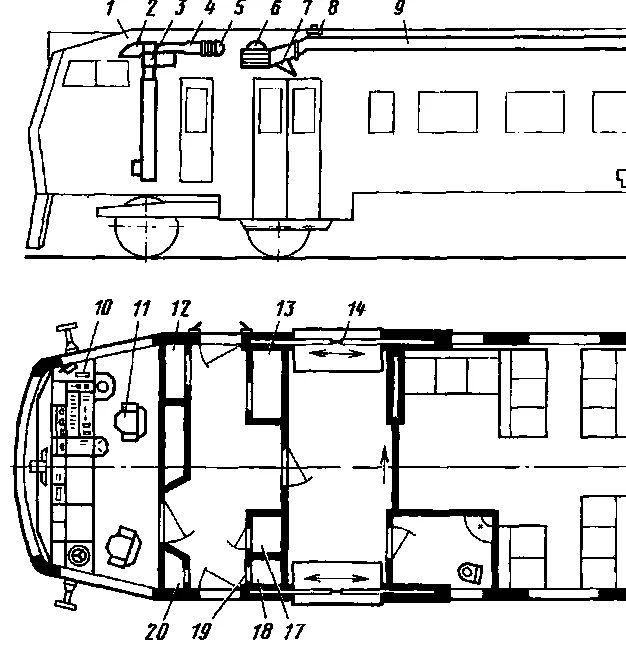
These electric trains with questionable aerodynamics were produced until 1984. And they were replaced by models no better. However, in the end, prudence prevailed in the minds of “effective managers”. Decision-makers at that time listened to the opinions of scientists and also analyzed Western experience in the construction of electric trains. Thus, it was concluded that the aerodynamic drag coefficient still matters even at speeds of up to 100 km/h. 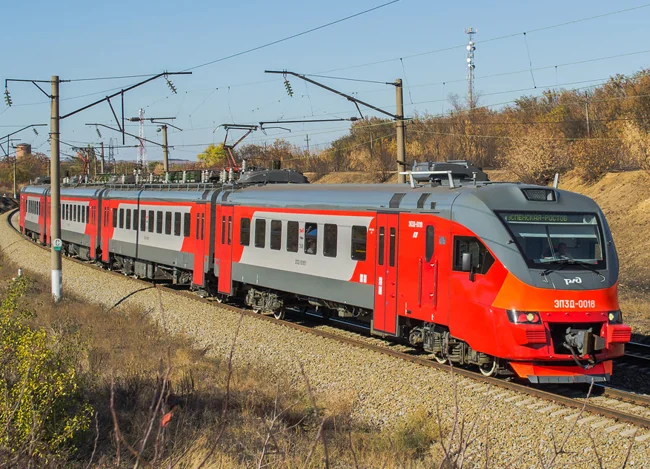
As a result, if we take as an example a more or less modern electric train, for example EP3D (Electric train Suburban 3rd type Demikhovsky), then its “face” is not only round, but also its “forehead” is sloping. And all this for the sake of reducing drag.
